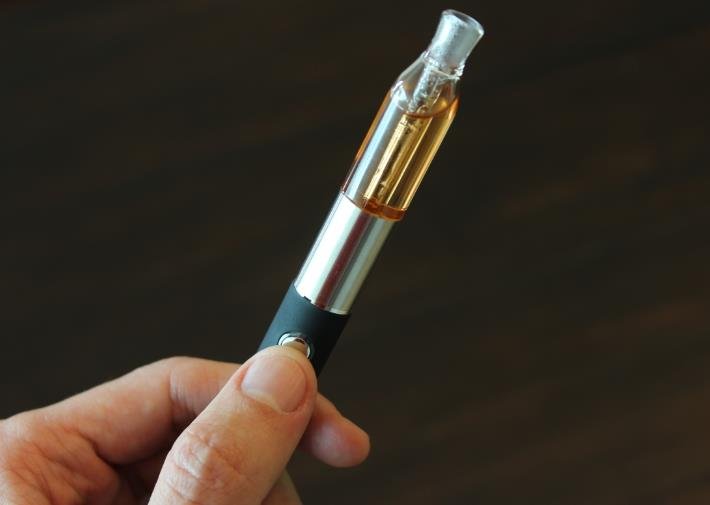Recent studies have raised concerns about the impact of secondhand vape exposure on children, revealing that traces of this exposure can be detected in their saliva and breath. This finding has significant implications for public health, particularly in understanding the potential risks associated with e-cigarette vapor in non-smoking individuals, especially children.
Research presented at the NAPNAP 2024 National Conference on Pediatric Health Care has shown that children exposed to secondhand e-cigarette vapors have detectable levels of harmful chemical-based metabolites in their saliva and exhaled breath condensate. These metabolites are moderately to highly correlated with those found in blood tests, which are considered the gold standard of analysis.

The study involved a two-group comparison of parents and children with exposure to e-cigarette vapors and those without. The analysis included a parent-completed questionnaire, child blood via fingerstick, child saliva via passive drool, and child exhaled breath condensate, all analyzed through high-resolution metabolomics tests.
The Parental Perspective
The research also delved into the behaviors of parents who use e-cigarettes and their perceptions regarding secondhand exposure risk in children. The findings suggest a gap in awareness among parents about the potential harm their vaping habits could pose to their children.
Focus groups expanded upon these insights, revealing that while many cigarette smokers have turned to electronic cigarettes assuming less exposure for themselves and bystanders, minimal research exists establishing the chemical exposure profile of children exposed to secondhand e-cigarette vapors.
Implications for Public Health
The detectability of vaping exposure in children’s biological markers puts an onus on adults to decrease nicotine use or minimize the risk of secondhand exposure. It also emphasizes the need for further research to establish a comprehensive understanding of the chemical exposure profile and its health implications for children exposed to secondhand e-cigarette vapors.
As the conversation around vaping continues to evolve, these findings underscore the importance of considering the vulnerable populations affected by secondhand exposure and the necessity for informed public health policies.
Maria Garcia is an award-winning author who excels in creating engaging cannabis-centric articles that captivate audiences. Her versatile writing style allows her to cover a wide range of topics within the cannabis space, from advocacy and social justice to product reviews and lifestyle features. Maria’s dedication to promoting education and awareness about cannabis shines through in her thoughtfully curated content that resonates with both seasoned enthusiasts and newcomers alike.








